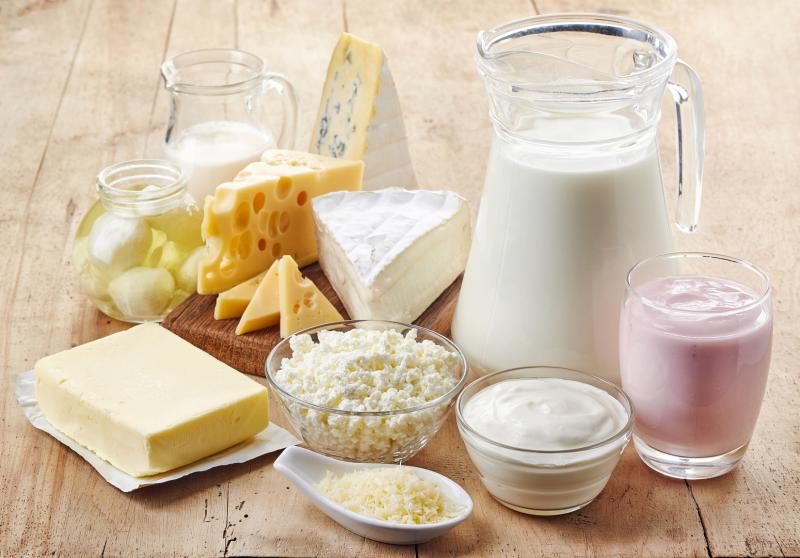 Cheese and other dairy products may actually be good to prevent type 2 diabetes and lower the risk of heart diseases, according to several studies.
Cheese and other dairy products may actually be good to prevent type 2 diabetes and lower the risk of heart diseases, according to several studies.Compared with a dairy-free diet, consumption of dairy products with low or regular fat demonstrates no overall effect on daytime ambulatory blood pressure (BP), suggests a recent study.
“Other cardiometabolic risk factors may be differently modified according to the fat content of the dairy product,” the investigators noted.
Fifty-five healthy men and women with high-normal daytime BP participated in this crossover controlled feeding study. Participants were randomized to sequences of three 6-week isoenergetic diets, each comprising no dairy (control diet), 3 daily servings of 1-percent fat milk and 1 daily serving of 31-percent fat cheddar cheese naturally enriched in γ-aminobutyric acid.
The investigators matched the total fats, carbohydrates and proteins across all three diets. The additional 2 percent of energy from saturated fatty acids in the cheese diet was replaced by n–6 polyunsaturated fatty acids in the other diets.
No difference was seen in the postdiet ambulatory systolic (p=0.34) and diastolic (p=0.45) BP among the three groups. The cheese diet resulted in an elevation in serum low-density lipoprotein (LDL) cholesterol concentrations compared with the control (5.8 percent; p=0.006) and milk (7.0 percent; p=0.0008) diets, and an increase in LDL particle size compared with the milk diet (p=0.02).
Compared with the control diet, the milk diet reduced high-density lipoprotein cholesterol concentrations (–4.1 percent; p=0.009), while the milk and cheese diets increased triglycerides (9.9 percent; p=0.01 and 10.5 percent; p=0.007, respectively).
No significant difference was seen between all diets for C-reactive protein concentrations and markers of glucose/insulin homeostasis.